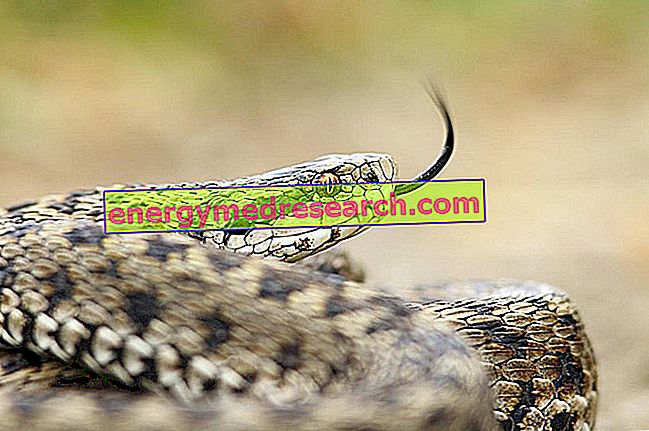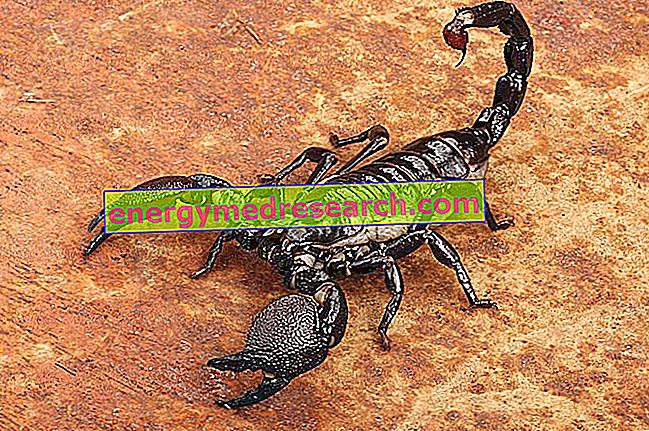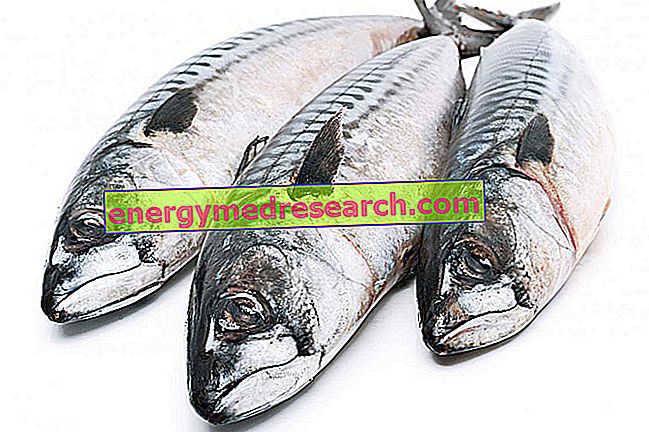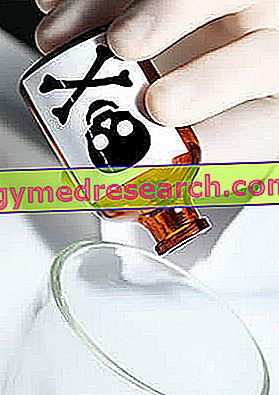Parathion is an organophosphorus pesticide. Organophosphorus substances are substances that block the enzyme responsible for the degradation of acetylcholine (Ach). Parathion, as such, fails to interact with the enzymatic site of acetylcholinesterase, so it needs activation or bioactivation by liver enzymes, to become Paraoxon
Category toxicity and toxicology
The bite of the viper has two small holes that are about 1 cm from each other. However, it is not always possible to distinguish the exact point of the bite, since this can be inflicted with only one venom tooth (only one hole is detectable if the snake has previously lost a tusk and has not yet well developed the new replacement element)
When bitten by a viper , it is first of all important to remain calm and try to reach an emergency room for antidote administration as soon as possible. Even if it is difficult, it is not necessary to start running, which would favor the spreading of poison in the circulation, but limit movement as much as possible
The scorpion species present in Italy are relatively harmless to humans. However, a minimum of attention must be paid, as their puncture can cause particularly intense pain, itching, swelling, increased skin temperature, numbness or tingling of the affected part (the symptomatology is similar to that caused by the sting of a wasp)
The so-called paralytic mollusc - also known as paralytic mollusc syndrome or PSP - Paralytic Shellfish Poisoning - is a food poisoning caused by the ingestion of contaminated molluscs, which have accumulated saxitoxin and / or its degradation products. The molluscs accumulate saxitoxin by filtering water containing toxic algal cells, in particular some microalgae (red tide)
The so-called neurotoxic mollusc - also known as neurotoxic shellfish syndrome or NSP , from Neurotoxic Shellfish Poisoning - is a food poisoning caused by the ingestion of contaminated bivalve molluscs. Those responsible for the disease are certain substances that are toxic to the nervous system belonging to the group of brevetoxins
The sgombroid syndrome - also known as HPF ( Histamine Fish Poisoning ) - is an allergic-like foodborne illness caused by the ingestion of altered fish products. Responsible for this syndrome is the presence of the so-called sgombrotoxin , a mixture of histamine and other amines (such as putrescine and cadaverine) produced by the decomposition of some amino acids, present in the tissues of fish products
Generality Cyanide is the chemical term that identifies any chemical compound containing the cyan (CN) group. The cyan group is a molecule formed by the union of a carbon atom and a nitrogen atom. There are two types of cyanide: inorganic cyanide , which is a very powerful poison, and organic cyanide , which is decidedly less toxic than the previous one
Generality An overdose occurs when an excessive amount of drugs or psychotropic substances (drugs or medicinal preparations) is taken. This phenomenon has serious toxic effects on the body and can be lethal. The overdose can manifest itself in different ways, depending on the depressing or exciting effect of the drugs taken: some acute intoxications cause minor problems; others are serious and can cause very serious permanent damage
Definition The ingestion of caustic substances causes serious injuries to the upper gastrointestinal tract (esophagus, pharynx and stomach), sometimes associated with systemic manifestations. The most commonly ingested caustic substances are strong oxidants, strong acids (critical pH: 0-2) and strong alkalis (pH> 12)
Related articles: Carbon monoxide intoxication Definition Carbon monoxide poisoning is one of the most frequent causes of death from inhalation poisoning. It typically occurs due to the malfunction of domestic heating systems (fires, boilers, wood or coal fireplaces and kerosene boilers) or due to inadequate ventilation of cars










